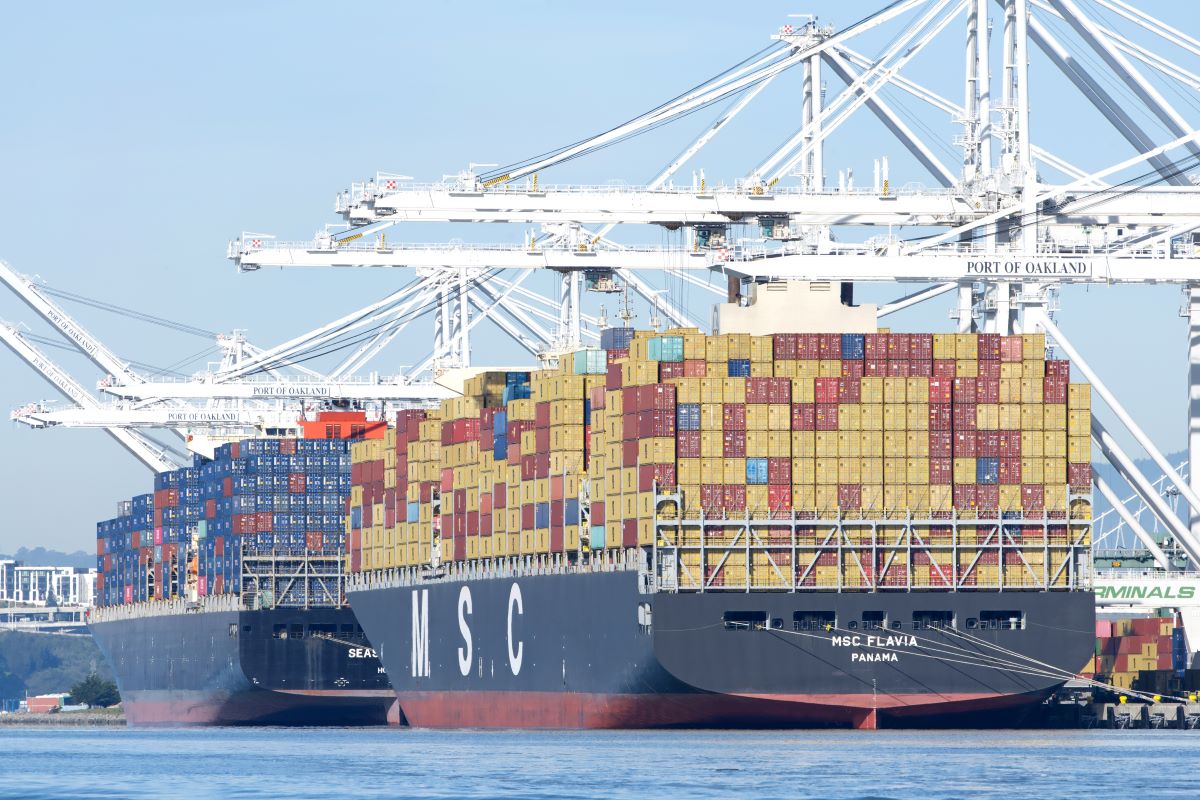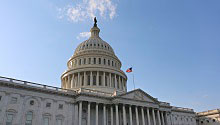By Andy Harig, Vice President, Tax, Trade, Sustainability and Policy Development, FMI
 One of my “go-to” moves when I have a speech or presentation to pull together is to bask in the glow of people much smarter than me by lacing in some quotes. As I’ve been thinking about – panicking over, really - how to communicate about a series of proposed tariffs, I’ve decided to fall back on an old favorite. Albert Einstein (who definitely qualifies as much smarter than me) offered this sage advice to a young teacher: “If you can’t explain it simply, you don’t understand it well enough.”
One of my “go-to” moves when I have a speech or presentation to pull together is to bask in the glow of people much smarter than me by lacing in some quotes. As I’ve been thinking about – panicking over, really - how to communicate about a series of proposed tariffs, I’ve decided to fall back on an old favorite. Albert Einstein (who definitely qualifies as much smarter than me) offered this sage advice to a young teacher: “If you can’t explain it simply, you don’t understand it well enough.”
Tariffs can be as complex as you want to make them – in terms of economics, law, and public policy – but at the core they are simply a tax on consumers. The thing is – consumers get this. FMI’s just-released Grocery Shopper Snapshot: January 2025 revealed grocery shoppers rated increased tariffs on imported food as one of their top concerns for the year ahead.
Consumers have valid reasons to be uneasy. According to the Peterson Institute for International Economics, the direct cost of a 25% tariff for most goods from Canada and Mexico, a 10% tariff on Canadian energy imports and an incremental 10% tariff on Chinese imports would amount to a tax increase of more than $1,200 a year on the median U.S. household.
Of course, whether these and other tariffs actually go into effect remains to be seen. It is quite possible tariffs are being used by the Trump administration in negotiations to address the important issues of securing our border and addressing fentanyl trafficking.
But the impact on consumers is real. You may have seen in the news recently that consumer expectations for inflation over the next 12 months have jumped to their highest level since November 2023 – up to 4.3% from 3.3% just a month ago and only the fifth time in 14 years that expectations have risen an entire percentage point in a single month.
Regardless of how things play out, there are still reasons to be hopeful. The U.S. Department of Agriculture’s Economic Research Service recently updated their outlook for food-at-home inflation for 2025. Their midpoint forecast is that grocery prices will increase just 1.3% for the year, below the historical average and the Federal Reserve’s target rate of 2%. It’s also important to keep in mind that the majority of this narrow increase is driven by just one commodity – eggs − while other categories are expected to see prices decrease.
The other good news is that, despite their concerns, shoppers continue to express that they have at least some control over their grocery spending, with 79% saying they have some or a lot of control. They also tell us they are optimistic about the year ahead, as 44% of grocery shoppers expect their household finances will be better off a year from now than they are today. Taken together, this suggests that consumers have the ability to remain flexible and resilient in staying within their grocery budgets.
The threat of tariffs isn’t going away anytime soon, and consumers may have questions about their impact on food prices and the supply chain. Being transparent with shoppers and communicating the facts clearly and simply is critical to helping them navigate this complex environment. The good news is that you can “keep it simple” because consumers have shown that they “get it” more accurately than the press, pundits and policymakers give them credit for.


 Industry Topics address your specific area of expertise with resources, reports, events and more.
Industry Topics address your specific area of expertise with resources, reports, events and more.
 Our Research covers consumer behavior and retail operation benchmarks so you can make informed business decisions.
Our Research covers consumer behavior and retail operation benchmarks so you can make informed business decisions.
 Events and Education including online and in-person help you advance your food retail career.
Events and Education including online and in-person help you advance your food retail career.
 Food Safety training, resources and guidance that help you create a company food safety culture.
Food Safety training, resources and guidance that help you create a company food safety culture.
 Government Affairs work — federal and state — on the latest food industry policy, regulatory and legislative issues.
Government Affairs work — federal and state — on the latest food industry policy, regulatory and legislative issues.
 Get Involved. From industry awards to newsletters and committees, these resources help you take advantage of your membership.
Get Involved. From industry awards to newsletters and committees, these resources help you take advantage of your membership.
 Best practices, guidance documents, infographics, signage and more for the food industry on the COVID-19 pandemic.
Best practices, guidance documents, infographics, signage and more for the food industry on the COVID-19 pandemic.
